The administration of President Barack Obama made much ado about their “pivot to Asia,” an attempt to prioritize the continent over traditional alliances with Europe.
Partly due to this policy, President Donald Trump entered the White House facing tensions at an all-time high with rogue state North Korea and at a diplomatic disadvantage in regions like the South China Sea. As a candidate, Trump defined his Asia policy much like he did his attitude towards domestic political issues: identifying a clear enemy, vowing loyalty to allies who help contain the threat, and promising the American people that he would only make good deals at the negotiating table.
With the exceptions of North Korea and Japan, President Trump has proven somewhat more malleable than the candidate. Trump has demanded an end to tensions on the Korean peninsula and proven he prioritizes that conflict by sending his highest-ranking officials to Seoul and Tokyo to pressure Pyongyang. In Japan’s Prime Minister Shinzo Abe, Trump has found steady support after choosing him as the first head of government to meet with following his election in November.
With China, however, the Trump administration has kept its diplomacy tactful, and Trump himself has offered Chinese counterpart Xi Jinping something his voters would have never expected the candidate Trump to: a “not as good” trade deal in exchange for keeping North Korea from attacking its neighbors or, worse, the United States.
Below, an in-depth look at how Trump tackled the region’s major alliances, tensions, and unresolved problems during his first 100 days.
Japan
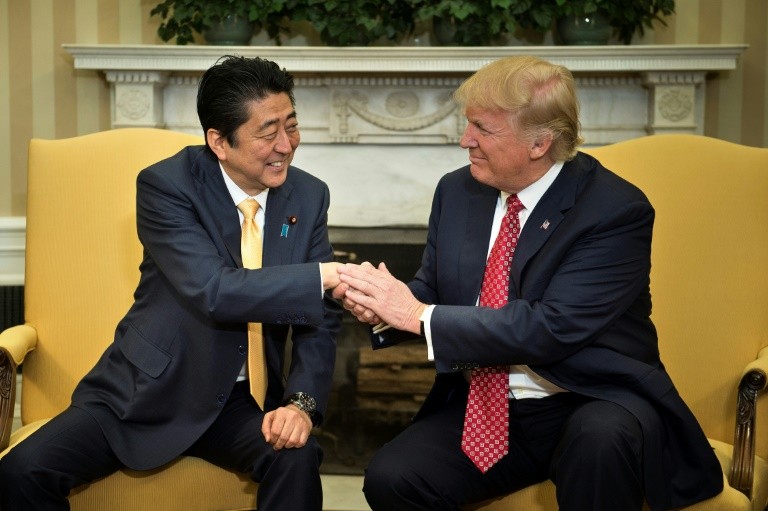 President-elect Trump made clear from the first day since his election that the bilateral relationship with Japan would be a top priority, meeting with Abe shortly after the election in New York, the first head of government to do so. The meeting followed confusion in Japanese media regarding Trump’s remarks on North Korea – the candidate Trump had suggested that Japan would be a worthy nation to possess nuclear weapons: “At some point we have to say, you know what, we’re better off if Japan protects itself against this maniac in North Korea.” Japan, the only nation to be hit with a nuclear attack in history, bristled at the possibility.
President-elect Trump made clear from the first day since his election that the bilateral relationship with Japan would be a top priority, meeting with Abe shortly after the election in New York, the first head of government to do so. The meeting followed confusion in Japanese media regarding Trump’s remarks on North Korea – the candidate Trump had suggested that Japan would be a worthy nation to possess nuclear weapons: “At some point we have to say, you know what, we’re better off if Japan protects itself against this maniac in North Korea.” Japan, the only nation to be hit with a nuclear attack in history, bristled at the possibility.
As recently as this month, however, reports suggested that placing American nuclear assets in the region to curb North Korean belligerence was on the table, but in South Korea, perhaps a nod to how sensitive the issue is in Japan.
If the Trump administration’s approach towards the topic changed, it was the product of an extensive effort to make Japan feel closer to Washington. In addition to having Abe meet Trump in New York before the inauguration, the Prime Minister spent a weekend in February at the Trump estate in Florida, Mar-a-Lago, playing golf with the President and discussing pivotal international relations topics. The meeting not only aided the bilateral relationship but boosted support for Abe at home: an estimated 70 percent of Japanese people approved of the visit following his return to Tokyo.
Trump also made Japan one of the first international stops for his top officials: the first for Secretary of Defense James Mattis and among the first for Secretary of State Rex Tillerson and Vice President Mike Pence. While Tillerson focused on pressuring China to cooperate in curbing North Korean belligerence during his March visit, both Pence and Mattis reaffirmed the United States’ commitment to protecting Japan from China itself, notably Chinese claims in the East China Sea. China claims the Japanese Senkaku Islands as its own and has imposed an Air Defense Identification Zone (ADIZ) over them, which it cannot enforce without triggering American military action required by post-World War II treaties.
North Korea
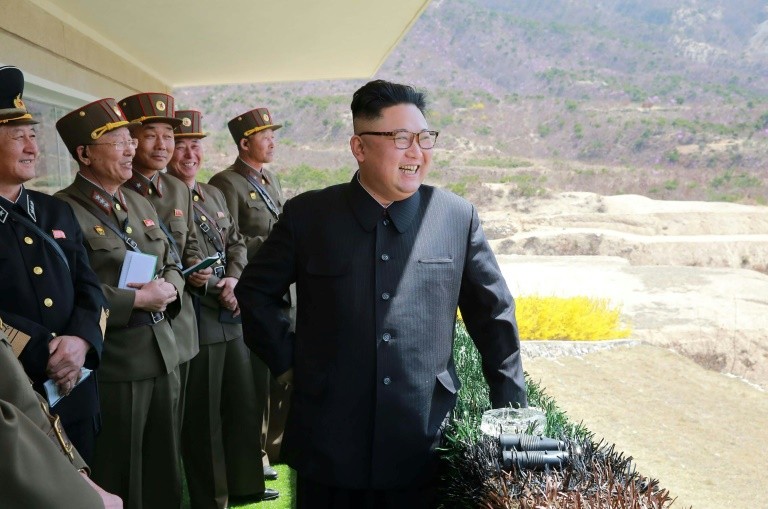 President Trump has made clear his intention to end the violent and tragic reign of the Kim family over North Korea during his tenure. Entering his hundredth day in office, Trump has passed North Korea’s first test – the “Day of the Sun,” or founder Kim Il-Sung’s birthday – so decisively that even CNN wondered aloud whether Trump had stumbled upon a successful North Korean policy.
President Trump has made clear his intention to end the violent and tragic reign of the Kim family over North Korea during his tenure. Entering his hundredth day in office, Trump has passed North Korea’s first test – the “Day of the Sun,” or founder Kim Il-Sung’s birthday – so decisively that even CNN wondered aloud whether Trump had stumbled upon a successful North Korean policy.
After a week of international speculation regarding the potential for a nuclear weapons test on the Day of the Sun (April 15), Pyongyang opted instead for a new missile test – which ended within seconds when the missile exploded after barely leaving the ground. The test failed shortly after President Trump asserted he was sending “an armada” to North Korea to intimidate dictator Kim Jong-un.
Pivotal to solving the North Korean problem in the eyes of the Trump administration is China’s active participation. China, a fellow communist nation, is North Korea’s greatest trade partner and ally on the international stage (North Korea’s diplomatic alliances are few and far between, with governments as rightfully maligned as Syria, Venezuela, and Iran).
As with many other issues, the clearest distillation of Trump policy on North Korea surfaced on Twitter, where the President wrote: “North Korea is looking for trouble. If China decides to help, that would be great. If not, we will solve the problem without them! U.S.A.” To North Korea directly, Trump has kept his message simple: “gotta behave.”
North Korea appears not to have heeded this warning, arresting a U.S. citizen, professor Tony Kim, without cause this week.
China
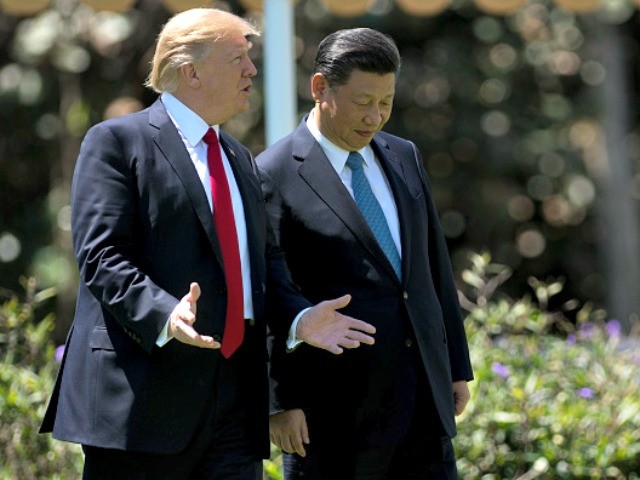 The Trump administration’s China policy is perhaps the most evolved since the candidate took office, as the President has gone from considering the abandonment of “One China” and recognition of Taiwan to openly suggesting he is willing to make a “not so good” trade deal with China to control North Korea.
The Trump administration’s China policy is perhaps the most evolved since the candidate took office, as the President has gone from considering the abandonment of “One China” and recognition of Taiwan to openly suggesting he is willing to make a “not so good” trade deal with China to control North Korea.
Before taking office, the President-elect accepted a phone call from Taiwanese President Tsai Ing-wen, an unprecedented communication that incensed China. By February, however, Trump had told Xi in a phone call that he supported the One China policy, apparently receiving no concessions in return for turning on Taiwan. That phone call was the first communication between the two presidents, one that China “highly commended” both for sticking to Beijing’s policy and embracing the celebration of the Chinese new year.
Trump then hosted Xi at Mar-a-Lago, an in-person meeting overshadowed in the media by Trump’s decision to conduct an airstrike against Syrian dictator Bashar al-Assad while Xi was in town. The Chinese foreign ministry notably failed to condemn the airstrike, while Chinese state-run media deemed it provocative but necessary for Trump to prove he was “no businessman president.” Trump appeared to completely abandon this businessman persona later in the month when refusing to label China a currency manipulator, breaking a campaign promise etched into his Contract with America.
Trump spoke to Xi again in April, shortly after Xi’s arrival at Mar-a-Lago, as preparations began in Pyongyang for the “Day of the sun.” According to Trump, he told Xi in that call, “You want to make a great deal? Solve the problem in North Korea.” “That’s worth having deficits. And that’s worth having not as good a trade deal as I would normally be able to make,” he told reporters.
South China Sea Conflict
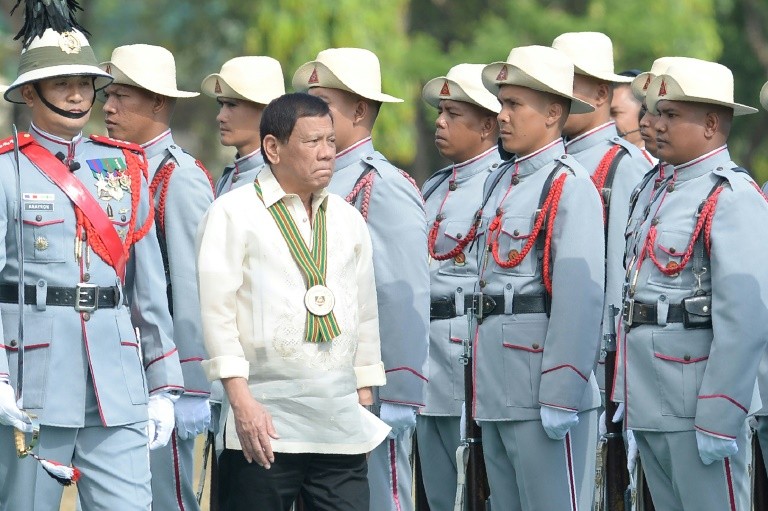 China has for years demanded control over almost the entire South China Sea, including territory belonging to Vietnam, the Philippines, Brunei, Taiwan, and Malaysia. International tribunals have rejected China’s claims; China has vowed to ignore such rulings.
China has for years demanded control over almost the entire South China Sea, including territory belonging to Vietnam, the Philippines, Brunei, Taiwan, and Malaysia. International tribunals have rejected China’s claims; China has vowed to ignore such rulings.
During the Obama administration, the U.S. Navy regularly conducted “Freedom of Navigation Operations” (FONOPs) in the region, intended to keep China from claiming the region through adverse possession. A Breitbart News report in March found that the Trump administration had yet to conduct any such FONOPs, in part because of the difficulty of staffing the Pentagon. The Navy has attempted to receive permission for multiple such operations but received no answer. The Pentagon remains largely staffed by Obama holdovers and non-appointed staff. The Navy did send the USS Carl Vinson to the region for “routine” operations, a move the Chinese government condemned.
While the United States has not actively challenged China in the region, Trump’s ascent has apparently emboldened at least one party to the dispute: the Philippines. Under President Obama, Philippine President Rodrigo Duterte insisted he would not challenge China in the region, claiming any military dispute between China and the Philippines would end in disaster for his country. Since Obama, who Duterte referred to as a “son of a whore” on multiple occasions, left office, Duterte has become more of a hawk, urging the United States to participate in anti-jihadist operations in his country and demanding the military build “structures” in the South China Sea to keep China from claiming the territory. Duterte has also requested a more robust military presence generally in the Philippine areas of the South China Sea and sent high-ranking officials to visit the disputed territory.
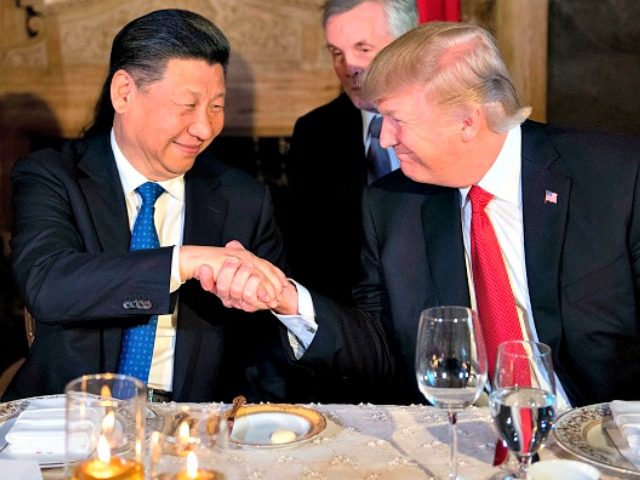
COMMENTS
Please let us know if you're having issues with commenting.